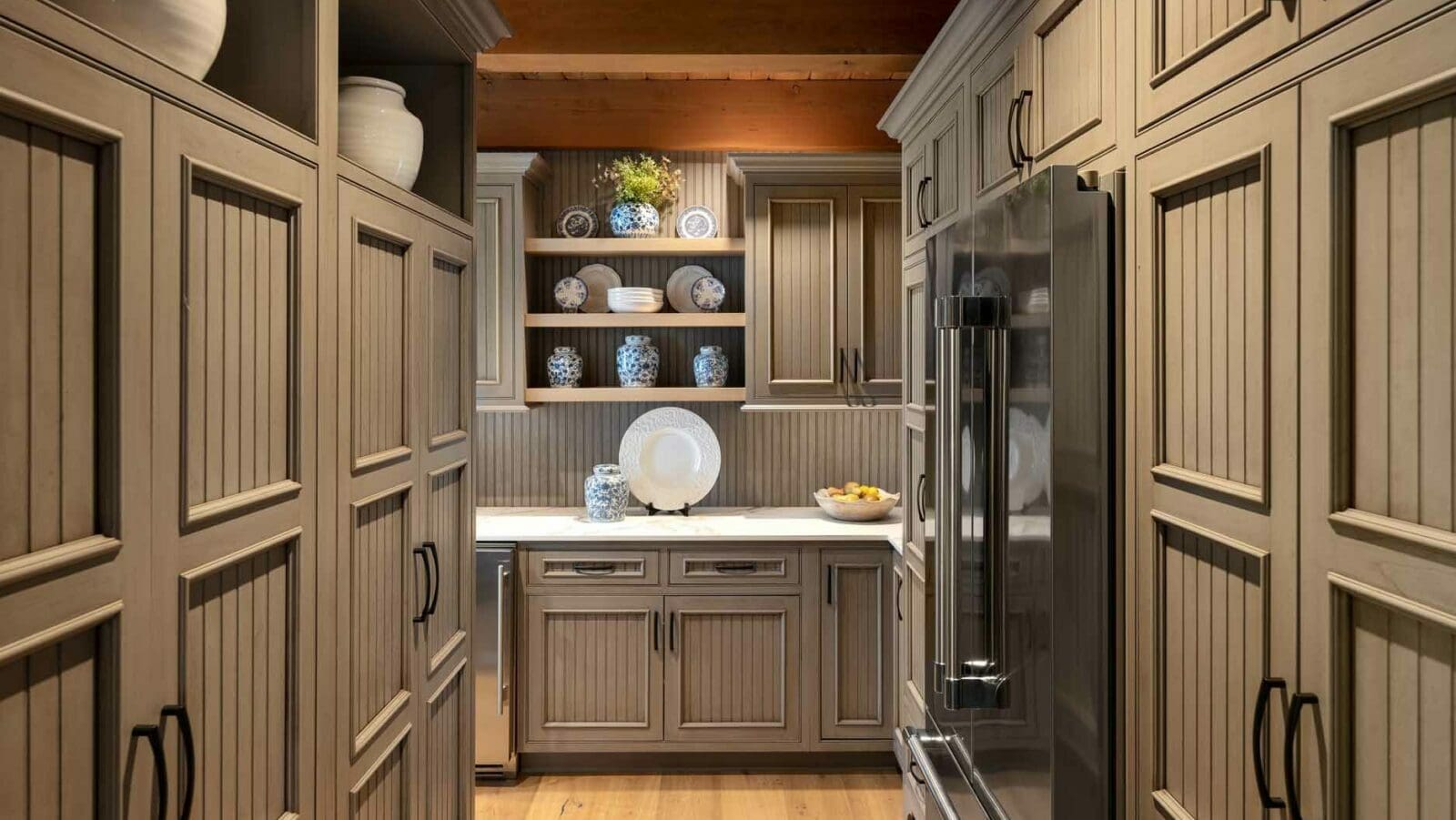The pantry is making quite the comeback these days, after decades of relative absence from most homes. About 85% of potential home buyers list a walk-in pantry as a “desirable” or “essential” feature. This great increase in the demand for a pantry is driven by the changing nature of entertaining and kitchen use. Let’s take a look at the history and modern developments of the pantry. In the great medieval halls, there were actually several different rooms dedicated to food storage and preparation. Food was prepared in the kitchen as now, but seemingly every other task had its own room. Dishes were washed in the scullery, meat was stored in the larder, and grain in a granary. Alcohol was stored in the buttery (a butt is a specific size of cask), which lent its name to the butler since he was originally in charge of this room and its contents. The pantry was used only for storing of glassware and especially silverware.
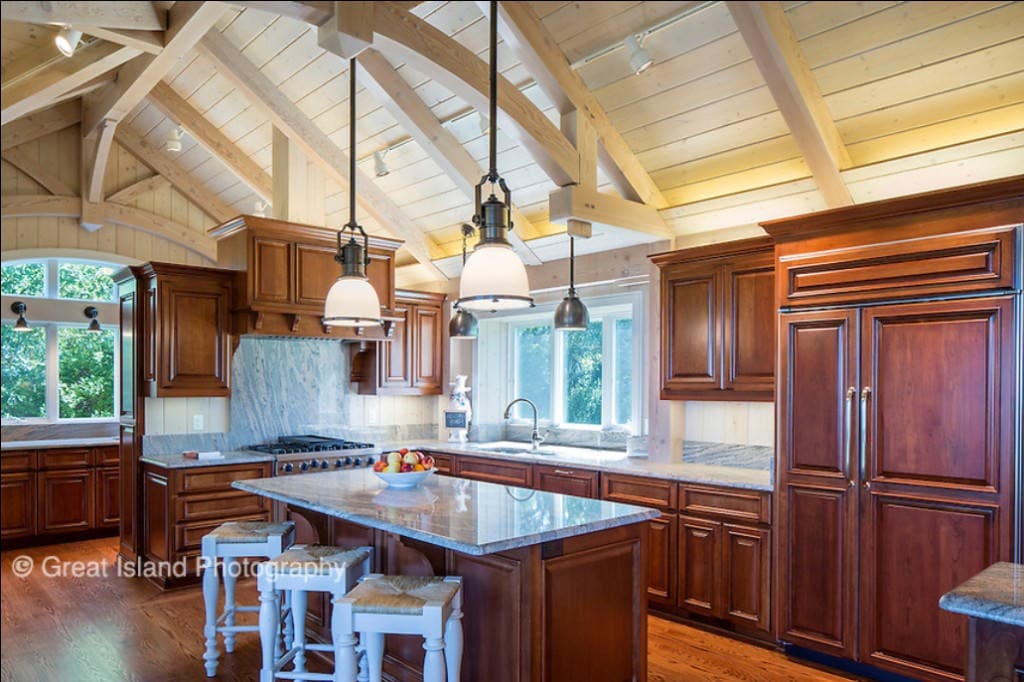
Although large estates may still use many storerooms, for most homes the pantry became the primary storeroom adjacent to the kitchen. However, by the 1950s the pantry was not found in most homes. This was partly due to the increased use of cabinets within the kitchen, so that the separate food storage was not as needed. A larger reason for the decline of the pantry was the closed-off nature of the kitchen. Since entertaining was done in the living and dining rooms, the chaos of the kitchen could be hidden from the view of guests.
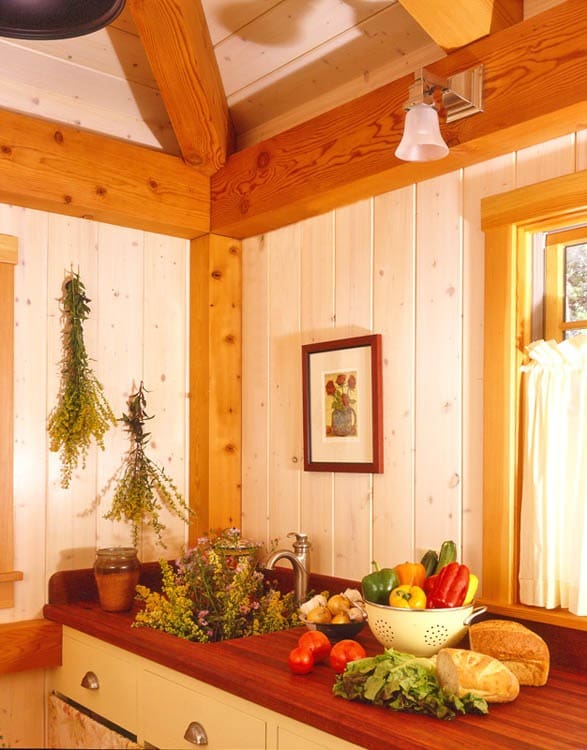
Today, the kitchen is the prime entertaining space within the home. Although guests may also use the great room, everyone seems to gather around the kitchen island during a dinner party. This has driven the trend towards more open kitchens but has left many wanting for a more private space off the kitchen.

The pantry has made a great comeback in this role, and in many homes has become a grand space of its own. Not just a storeroom for food, many pantries today also provide storage for items like stand mixers or blenders, keeping them ready for use in the kitchen but reducing clutter when they’re not needed. Some pantries are taking on their traditional role of storing china and glassware and may even have their own sinks and dishwashers for this purpose. If located near an entry, many pantries also function as a great place for smaller gardening tasks, such as trimming fresh flowers just picked from outside.
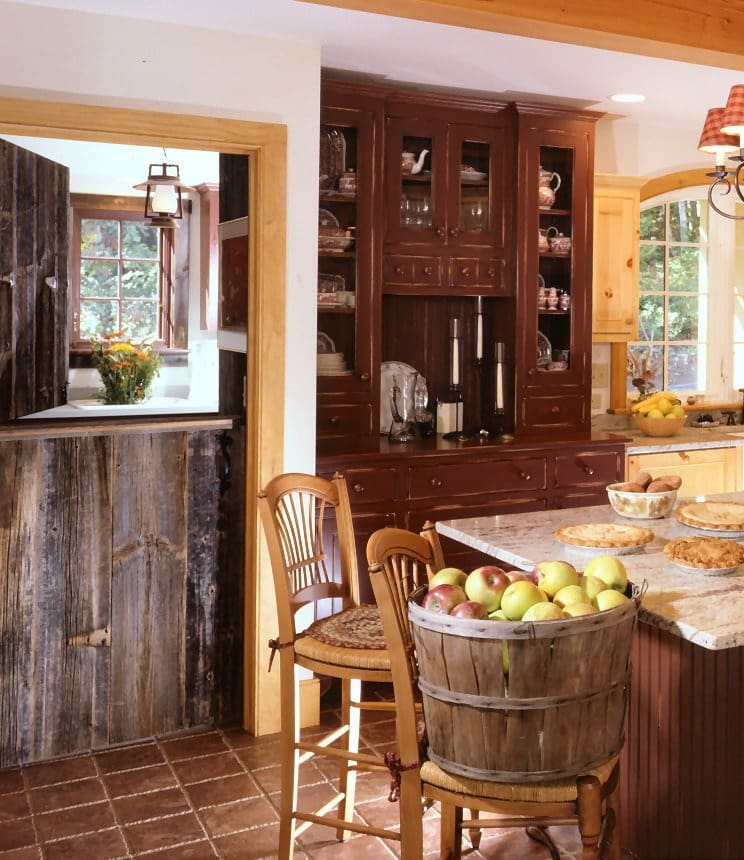
At the extreme end of the rebirth of the pantry is the so-called “super pantry”. With the laundry room moving upstairs in many homes, the vacated space has been used to create a pantry that also has other features like a desk for keeping mail and recipes. Oftentimes the pantry is combined with the mudroom, so part of the room is used for food storage, part for storing shoes and coats, and a shared part provides countertop space and a sink.
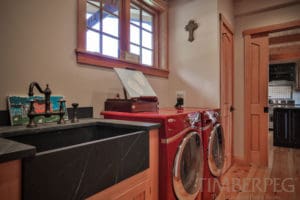
The pantry is a very practical space within the modern home, testified to by its renewed popularity in the home. The average walk-in pantry is now 51 square feet in homes over 3,000 square feet. If you’re looking to design a new home, complete with the pantry of your dreams, please contact us today.

